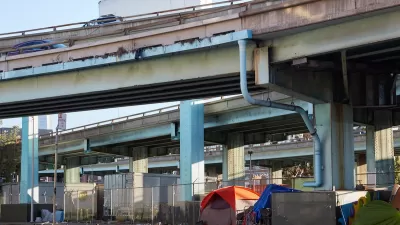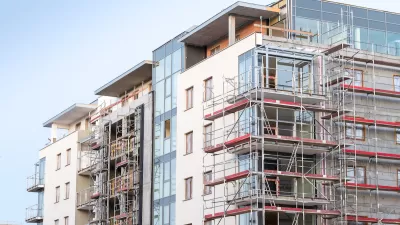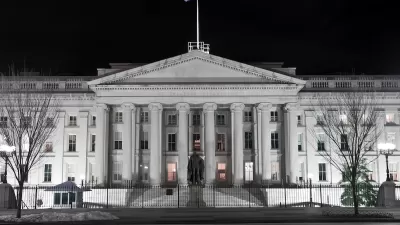Indigenous people make up a disproportionately high percentage of the unhoused population, but many programs designed to assist them don’t reach those most in need.

A Native-Inclusive Safe Outdoor Space (SOS) in Denver, Colorado offers shelter to unhoused Indigenous people, in advance of the first affordable housing complex designed for Indigenous residents which will break ground this year.
As Raksha Vasudevan explains in High Country News, “Indigenous people comprise 2.6% of America’s population, but in 2023, they accounted for 3.9% of those experiencing homelessness.” Vasudevan adds that “In Denver, they are overrepresented in the unhoused population by 400%.” Across the West, over 16,000 Indigenous people were homeless in 2023.
To get around federal prohibitions on using race as a criterion in housing programs, the housing authority in Portland, Oregon used HUD Indian Housing Block Grant funding to create affordable housing that prioritizes Indigenous people. Other organizations use proxy indicators such as “educational attainment, income, home value, utilization of social services, and free and reduced lunch status for children” to ensure Indigenous people get access to the services and housing they need.
According to Derrick Belgarde, Siletz and Chippewa-Cree, executive director of Chief Seattle Club, “There’s certain populations where it makes sense … to provide specifically for them.” Belgarde adds, “What the data shows is that you should be able to do that with Native Americans as well.”
FULL STORY: Can affordable housing for Indigenous communities work?

Trump Administration Could Effectively End Housing Voucher Program
Federal officials are eyeing major cuts to the Section 8 program that helps millions of low-income households pay rent.

Planetizen Federal Action Tracker
A weekly monitor of how Trump’s orders and actions are impacting planners and planning in America.

Ken Jennings Launches Transit Web Series
The Jeopardy champ wants you to ride public transit.

Crime Continues to Drop on Philly, San Francisco Transit Systems
SEPTA and BART both saw significant declines in violent crime in the first quarter of 2025.

How South LA Green Spaces Power Community Health and Hope
Green spaces like South L.A. Wetlands Park are helping South Los Angeles residents promote healthy lifestyles, build community, and advocate for improvements that reflect local needs in historically underserved neighborhoods.

Sacramento Plans ‘Quick-Build’ Road Safety Projects
The city wants to accelerate small-scale safety improvements that use low-cost equipment to make an impact at dangerous intersections.
Urban Design for Planners 1: Software Tools
This six-course series explores essential urban design concepts using open source software and equips planners with the tools they need to participate fully in the urban design process.
Planning for Universal Design
Learn the tools for implementing Universal Design in planning regulations.
Heyer Gruel & Associates PA
Ada County Highway District
Institute for Housing and Urban Development Studies (IHS)
City of Grandview
Harvard GSD Executive Education
Toledo-Lucas County Plan Commissions
Salt Lake City
NYU Wagner Graduate School of Public Service





























